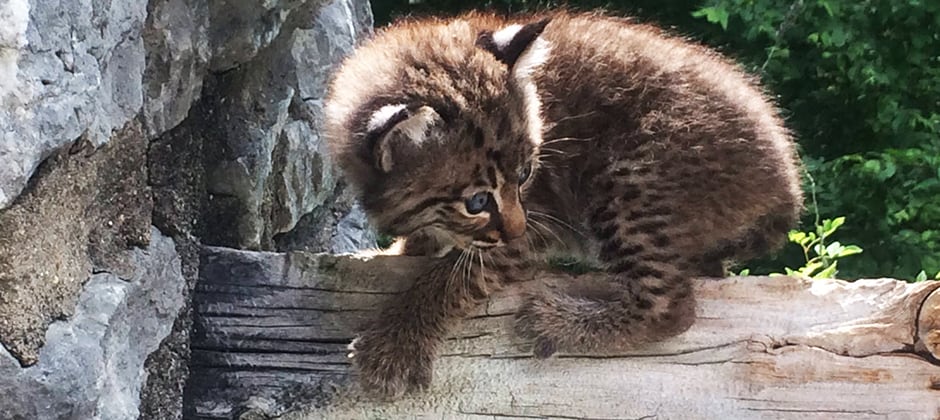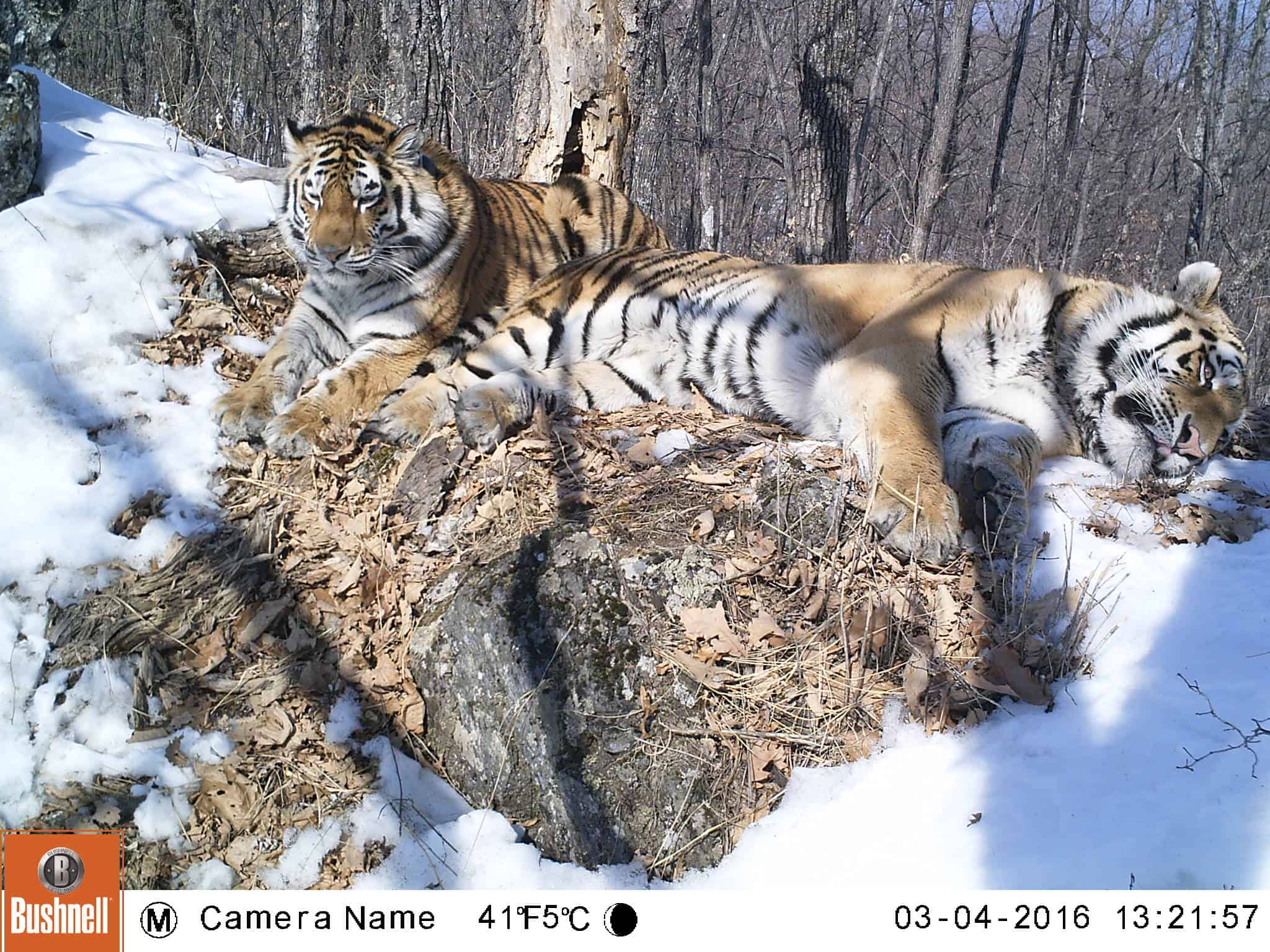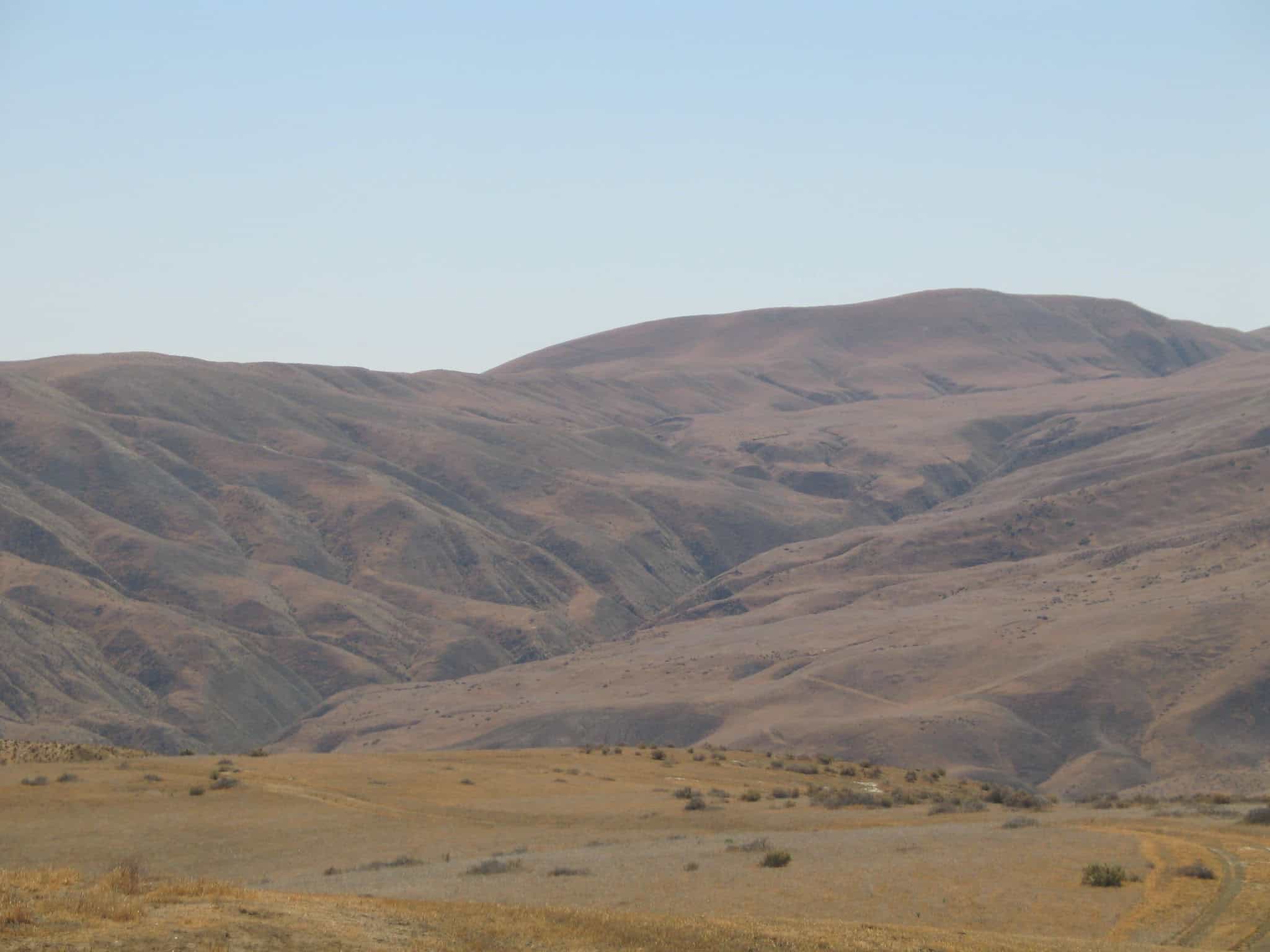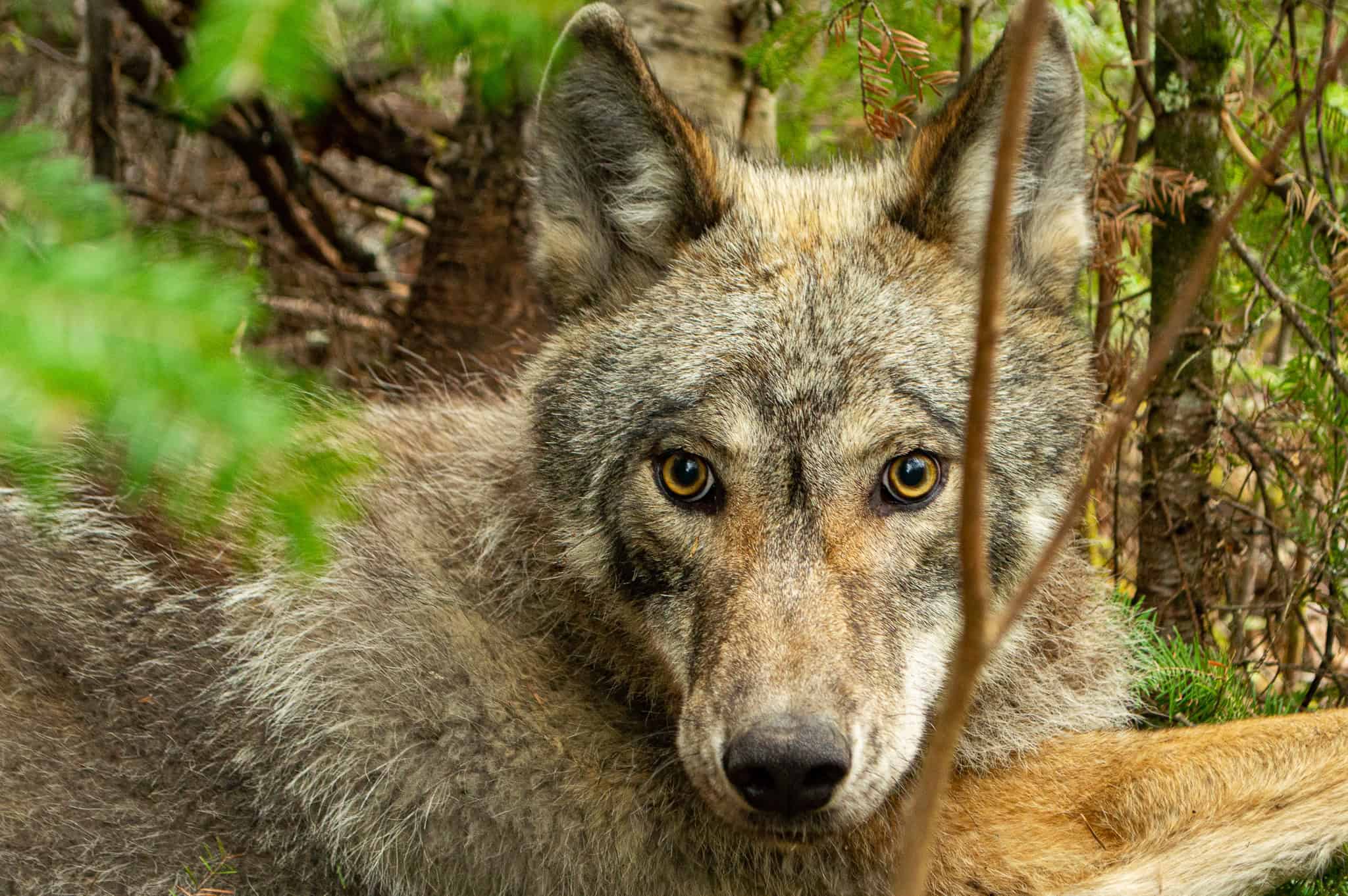Share this article
TWS2021: What affects bobcat kitten survival?
Even though there are no are no management plans or harvest limits for bobcats in the Black Hills of South Dakota, researchers don’t know much about how the populations—particularly kittens—are doing.
As a result, South Dakota Game, Fish and Parks initiated a study to look at bobcat (Lynx rufus) kitten mortality. The ongoing research was presented at The Wildlife Society’s 2021 virtual annual conference.
“Our study is unique because we will be following kittens through their entire first year of life, from May to May each year,” said Erin Morrison, a researcher at West Virginia University, in the presentation.
To conduct the research, Morrison and her colleagues used expandable radio collars to track mortality. The collars are designed to grow with the kittens and fall off after about a year.
The team looked at three components that might influence kitten survival. The first was the experience and age of the litter, with the idea that older females would have more experience with raising litters, increasing their chance of survival. They also looked at time of birth for white-tailed deer (Odocoileus virginianus) to see if survival was higher for kittens born around the deer’s birth-pulse.
They tracked 40 kittens three to five times a week over two years. Only two of the 29 kittens collared in the first season survived. Then, they analyzed their findings.
The team found that the primary causes of mortality were predation and starvation. The other components they studied didn’t have an impact on kitten survival.
But they also found that overall, annual survival was low at about 14%. But Morrison said kitten survival can be pretty variable, ranging between 9 and 71% in a year. “The question arises if there could be other factors that are driving forces of kitten survival we didn’t look at in this study,” she said.
It’s likely that kitten survival is linked to prey abundance, she said, with kitten populations crashing when their prey collapse. “It could just be a factor that this project was in the middle of a crash in cottontail populations,” she said.
Morrison said these annual survival rates will be incorporated into the demographic model for the population and will help guide the development of a new bobcat management plan for the South Dakota Department of Game and Fish.
Header Image: The main sources of mortality for bobcat kittens is predation and starvation. Credit: Rob Chapman/USFWS








